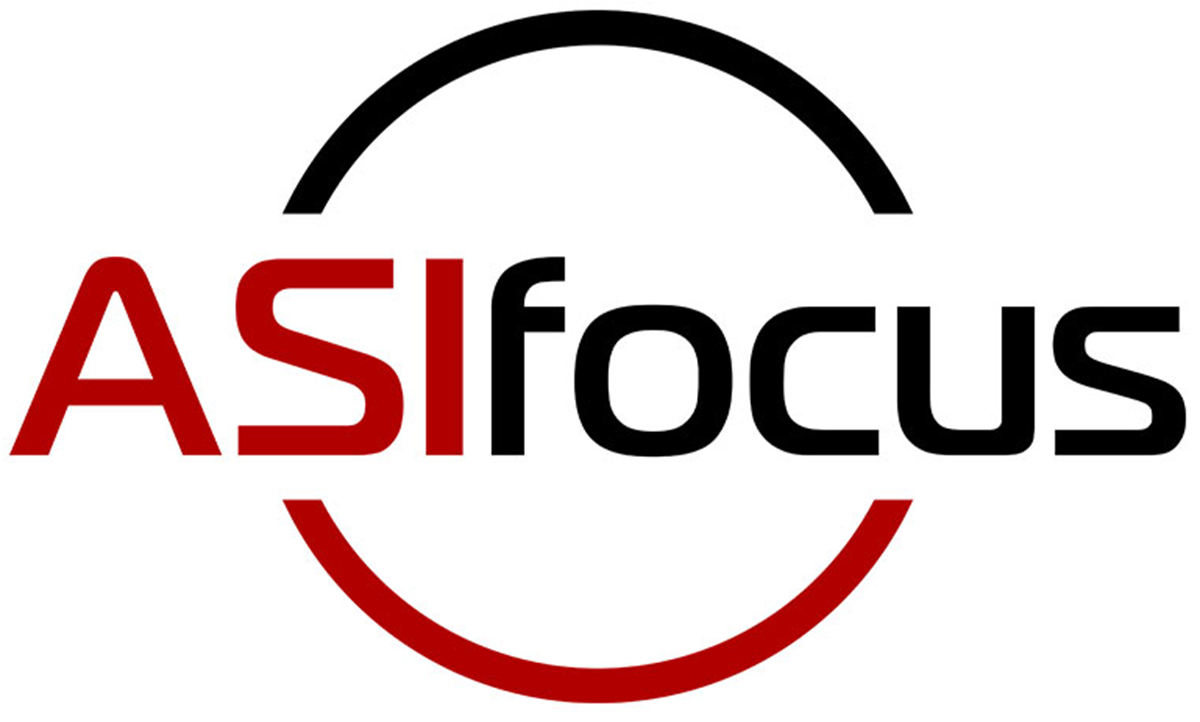In today’s job market, it’s harder than ever to keep great employees around. People have options, expectations are higher, and if they don’t feel valued or supported, they’re likely to move on. That’s why employee retention needs to be a top priority—not just for HR teams, but for the whole organization.
So, why do people leave? And more importantly, what can you do to help them stay?
Let’s break it down.
What Is Employee Retention (And Why Does It Matter)?
Put simply, employee retention is your ability to keep employees around long-term. High turnover doesn’t just mean more hiring—it means lost time, lost knowledge, and lower morale.
When people stick around, your teams become more stable, operations smoother, and overall performance stronger. It also saves money—recruiting and training new hires is expensive.
Good retention boosts your employer brand, too. If your team is happy and engaged, word gets out, making it easier to attract top talent in the future.
Why Employees Leave: Common Causes of Churn
Before you can fix retention issues, you need to know what’s causing them. Here are some common reasons employees head for the door:
- Low pay: If salaries don’t match market rates, people will notice.
- Toxic culture: A negative, exclusionary, or high-stress environment drives people away fast.
- No growth opportunities: If people don’t see a path forward, they’ll look for one elsewhere.
- Misaligned expectations: Overselling a role during hiring often leads to disappointment later.
- Burnout from remote work: Flexibility is great, but always being “on” isn’t.
- Generational shifts: Millennials and Gen Z want more than a paycheck—they care about purpose, flexibility, and inclusion.
10 Employee Retention Strategies That Actually Work
Now let’s get into the good stuff—how to keep your top performers happy and motivated, so they’ll stick around.
1. Hire for Long-Term Fit
Retention starts with recruiting. Look beyond resumes—hire people who align with your culture, values, and vision. Be honest about the role, the challenges, and the company vibe to avoid mismatched expectations.
2. Make Onboarding Count
A warm, structured onboarding process sets the tone. Go beyond the basics—set clear goals, offer hands-on training, and help new hires connect with their team early on. And don’t forget to introduce them to your HR tools and systems.
3. Pay Fairly—and Competitively
Review salaries regularly and benchmark against industry standards. Offer benefits people actually want—like health coverage, parental leave, mental health support, and flexible schedules.
4. Invest in Development
Offer ongoing learning opportunities—online courses, mentorships, workshops, conferences. When employees feel like they’re growing, they’re more likely to stay.
5. Promote from Within
Show employees there’s a future with your company. Use performance data to identify high-potential talent and support their career growth with clear paths to promotion.
6. Recognize Great Work
A simple “thank you” can go a long way. Whether it’s a shoutout in a meeting or a formal rewards program, recognizing effort boosts morale and motivation.
7. Keep Communication Open
Create a culture where feedback flows both ways. Encourage honest conversations between managers and team members. Listen actively—and take action when you hear concerns.
8. Support Work-Life Balance
Give people flexibility. Whether it’s remote work, flexible hours, or generous time-off policies, helping employees manage life outside of work reduces burnout and builds loyalty.
9. Create an Inclusive Culture
Employees want to feel like they belong. That means fostering a diverse, equitable, and inclusive workplace where everyone feels seen, heard, and valued. People stay where they feel respected.
10. Use Feedback to Improve
Run regular employee surveys—and act on the results. Showing that you’re listening and making changes based on feedback strengthens trust and engagement.
Quick Tip: Build a Clear Retention Policy
Having a written employee retention policy helps keep everyone on the same page. Here’s what it should include:
- Your intent – Make your commitment to employee growth and wellbeing clear.
- Key processes – From onboarding to feedback loops.
- Ownership – Who’s responsible for what (HR, team leads, execs).
- Review cycles – Keep the policy flexible and updated as your company grows.
It All Comes Down to Putting People First
At the heart of great retention is a simple idea: treat your people like people. When you invest in their growth, listen to their needs, and create a workplace that supports them, they’re far more likely to stick with you.
HR software such as that provided by Sage can help, but tools are just part of the solution. What really matters is creating a culture where people feel supported, seen, and excited about the work they do.
Retention isn’t about keeping people from leaving. It’s about giving them great reasons to stay. Contact us or request a free consultation today.

